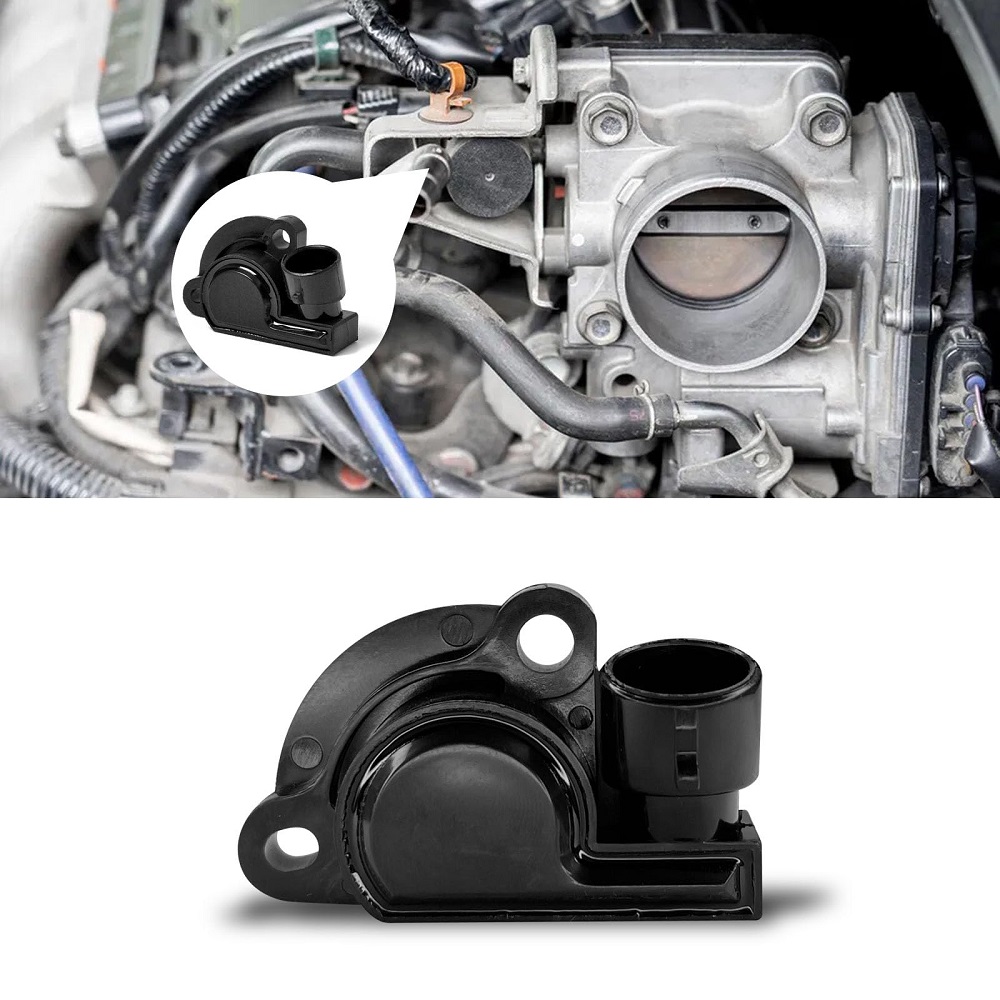Introduction to Throttle Position
Understanding Throttle Position
The throttle position in a vehicle plays a critical role in acceleration and fuel efficiency. It refers to the position of the throttle valve, which controls the amount of air entering the engine. This air intake works in conjunction with fuel to create the necessary power for the vehicle’s engine. The throttle is an essential component of the engine’s air induction system, and its function directly influences the engine’s performance.
Drivers often underestimate the throttle’s importance in their vehicles. Understanding how throttle position affects acceleration and fuel efficiency can lead to better driving habits and improved vehicle performance. By being mindful of how you operate the throttle, you can achieve a more enjoyable driving experience while also maximizing fuel economy.
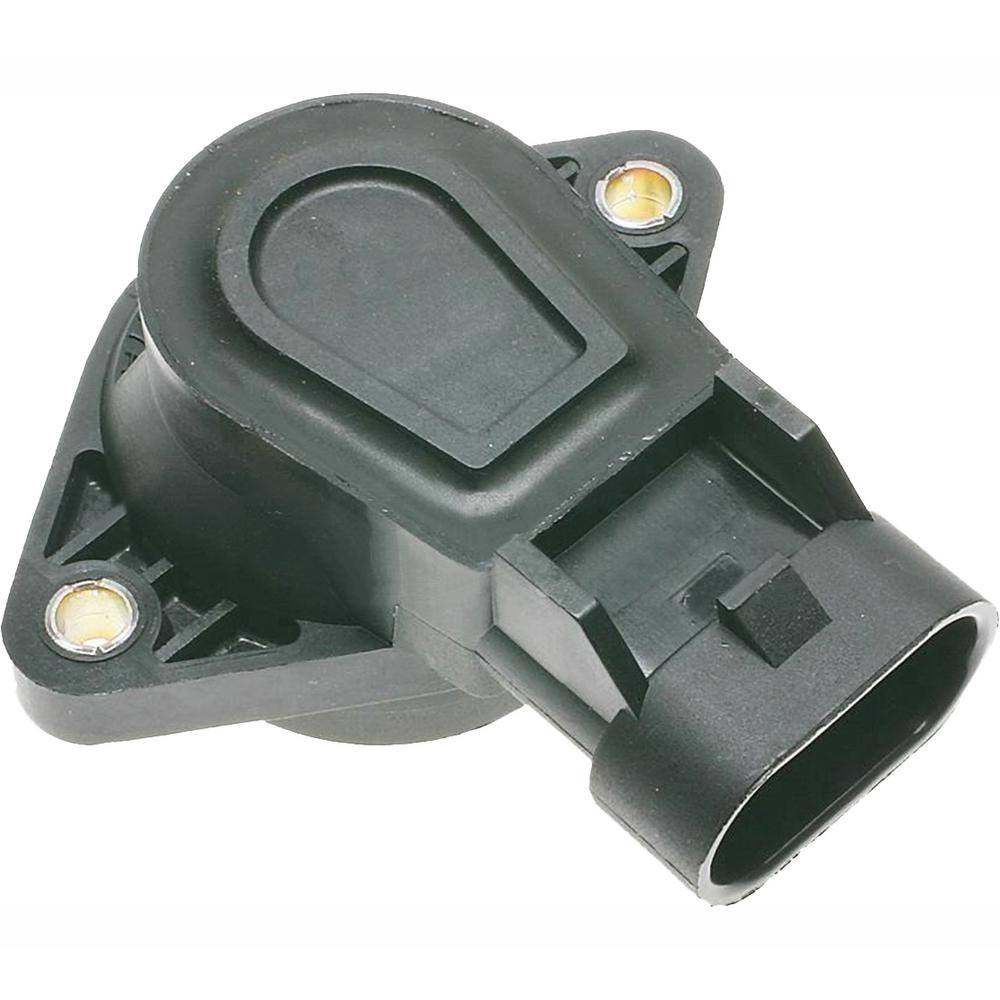
Importance of Acceleration and Fuel Efficiency
Acceleration and fuel efficiency are two critical aspects that every driver considers. Acceleration refers to the vehicle’s ability to increase speed, while fuel efficiency relates to how effectively a vehicle uses fuel to travel a certain distance. Both aspects are essential for optimal driving performance and cost-effectiveness.
Efficient fuel usage translates to lower fuel costs for the driver. In today’s world, where fuel prices can fluctuate dramatically, it is no surprise that drivers want to maximize every drop of fuel. Furthermore, improving acceleration can enhance the driving experience, making it more enjoyable to take off from a stop or merge onto highways.
Purpose of This Article
This article aims to explore the concept of throttle position and its direct impact on both acceleration and fuel efficiency. We will delve into how the throttle position works, what factors influence it, and tips for optimizing its performance. By understanding this crucial component, readers will be able to improve their driving habits, leading to better vehicle performance and fuel savings.
The Basics of Throttle
1. How the Throttle Works
The throttle is an integral part of a vehicle’s engine management system. It controls the engine’s air intake, which, in conjunction with fuel, determines how much power the engine produces. Modern vehicles generally use electronic throttle control (ETC), a system that electronically regulates the throttle position based on engine performance and driver demands.
The Role of the Throttle Body
At the heart of the throttle system is the throttle body. This component houses a butterfly valve that opens and closes to regulate airflow. When the driver presses the accelerator pedal, the throttle position sensor detects this input and adjusts the throttle valve accordingly. This process allows for a smooth and responsive experience when the vehicle accelerates.
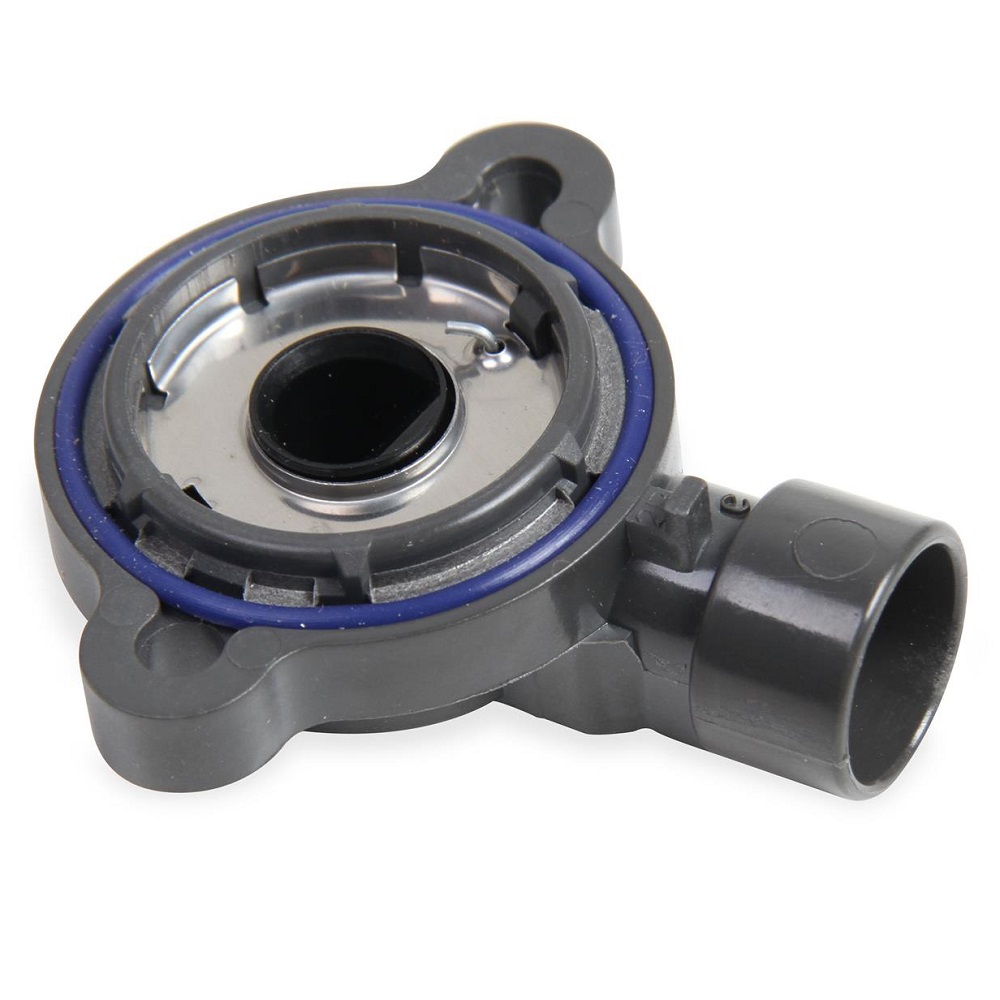
2. Throttle Position Sensor (TPS)
The Throttle Position Sensor (TPS) is a critical component that monitors the position of the throttle valve. It sends real-time data to the engine control unit (ECU), allowing it to make necessary adjustments to fuel delivery and ignition timing. The TPS is vital for ensuring that the engine operates efficiently across different driving conditions.
Types of Throttle Position Sensors
There are typically two types of TPS used in vehicles: potentiometer-based and digital. The potentiometer-based TPS uses a variable resistor to measure the throttle angle, while the digital version employs more advanced technology for precision readings. Both types serve the same purpose by relaying throttle position data to the ECU, contributing to the overall performance of the engine.
3. Factors Affecting Throttle
Several factors can influence throttle position. These include the driver’s input, vehicle speed, road conditions, and driving modes. For example, pressing the accelerator pedal further opens the throttle valve, increasing air and fuel intake.
Environmental Conditions
External factors such as weather and road conditions may also affect throttle response. Driving on icy or slippery surfaces may require a more gentile touch on the throttle to prevent loss of traction. Being aware of these variables allows drivers to adapt their driving style accordingly.
The Relationship Between Throttle and Acceleration
1. Direct Influence on Engine Power
Throttle position directly correlates with engine power output. A fully open throttle allows maximum airflow into the engine, resulting in maximum power generation. Conversely, a partially closed throttle restricts airflow, limiting engine performance and acceleration.
Maximizing Power Output
When accelerating, pressing the throttle fully opens the valve, immediately increasing power. This creates a sense of responsiveness that drivers appreciate. Properly managing throttle position allows for quick acceleration, making it essential for overtaking, merging, and quick departures.
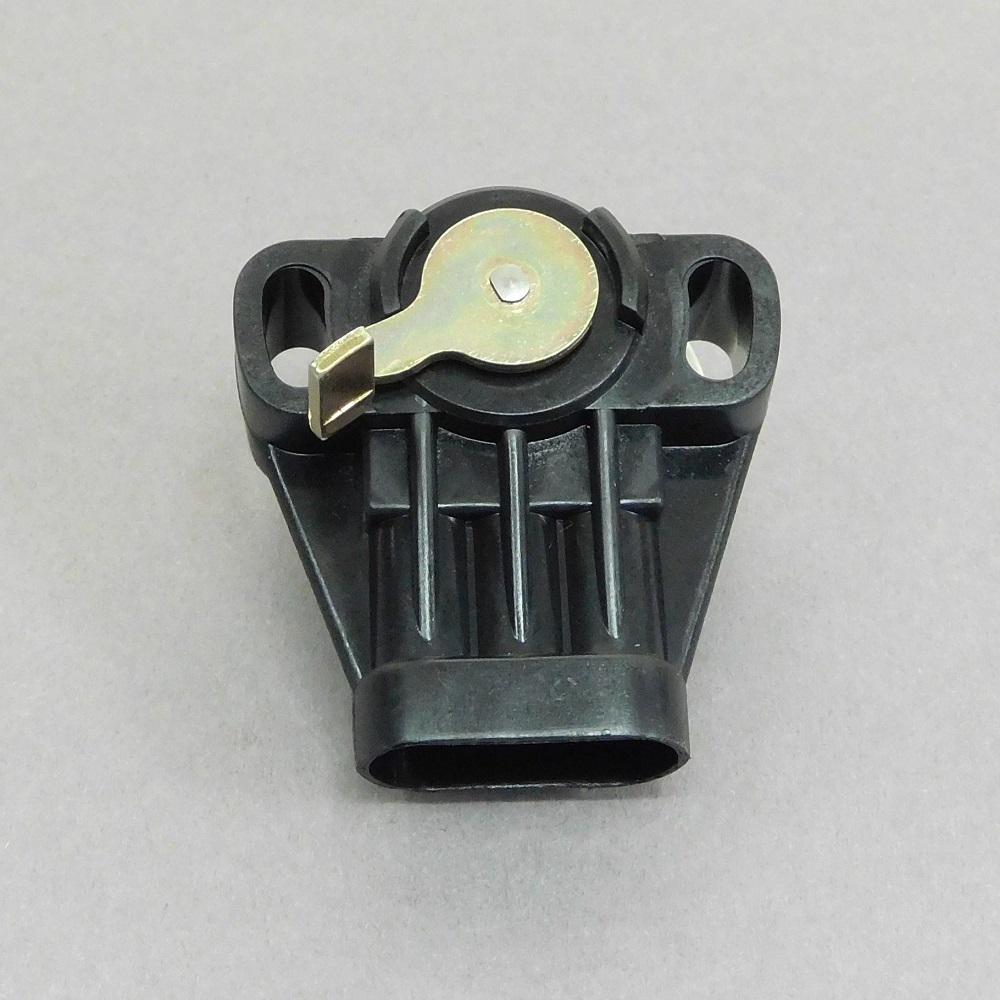
2. Smooth Throttle Control
Smooth control of the throttle position is key to achieving optimal acceleration. Abruptly pressing the accelerator can lead to jerky movements and can cause loss of traction, especially on wet or uneven surfaces. Gradually increasing the throttle allows for better vehicle control and a more comfortable driving experience.
Learning to Modulate Throttle
Drivers should practice modulating the throttle while accelerating to ensure a smooth transition. This technique enhances vehicle handling and improves the overall driving experience. The more effectively a driver manages throttle position, the better their vehicle will perform in various driving conditions.
3. Throttle Position During Cornering
Throttle control is particularly crucial during cornering. Entering a turn without sufficient throttle can lead to a decrease in speed, while too much throttle can result in understeer or oversteer. Balancing throttle position during turns allows drivers to maintain control while effectively navigating curves.
Maintaining Optimal Speed
By carefully managing the throttle during cornering, drivers can maintain optimal speed and balance. The throttle position should be adjusted according to the corner’s sharpness and the vehicle’s handling capabilities. Practicing this skill can significantly improve performance and safety on the road.
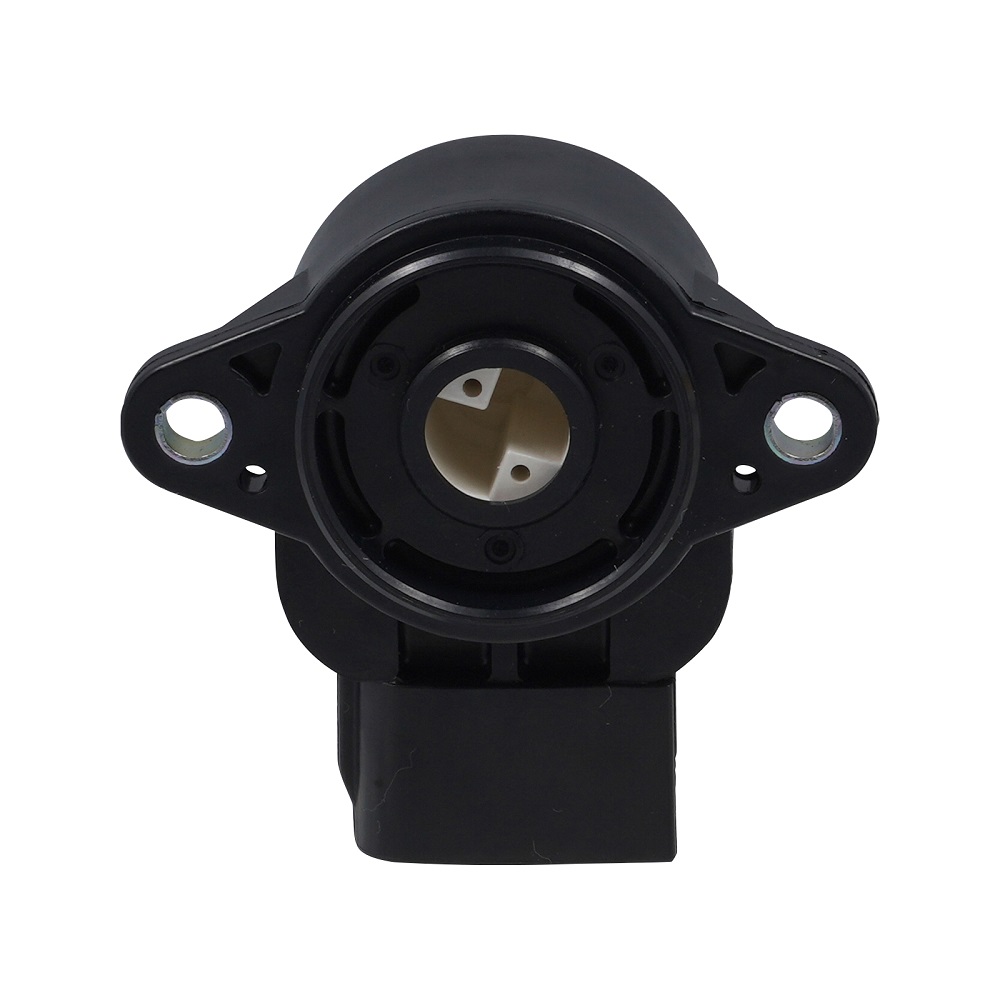
The Impact of Throttle on Fuel Efficiency
1. Understanding Fuel Consumption
Fuel efficiency is a primary concern for many drivers, and throttle position plays a pivotal role. When the throttle is opened wide, the engine burns more fuel to generate power. This can lead to increased fuel consumption, particularly during aggressive acceleration or rapid acceleration bursts.
Striking a Balance
Finding the right balance between power and efficiency is crucial. Drivers can optimize fuel consumption by being conscious of how they manage the throttle. Light and steady acceleration helps to conserve fuel while still maintaining acceptable performance levels.
2. Eco-Friendly Driving Techniques
Practicing eco-friendly driving techniques can enhance fuel efficiency without sacrificing performance. These techniques include gentle acceleration, maintaining a steady speed, and anticipating stops to minimize abrupt throttle changes.
Applying Smooth Throttle Control
Smooth control of the throttle can help reduce feelings of urgency while driving, allowing for a more relaxed driving experience. This approach not only improves fuel efficiency but also reduces wear on the vehicle’s engine and braking system.
3. Utilizing Driving Modes
Many modern vehicles come equipped with different driving modes, such as “Eco,” “Normal,” or “Sport.” These modes alter throttle response, shift points, and fuel delivery to either enhance performance or improve fuel efficiency.
Choosing the Right Mode
Selecting the appropriate driving mode based on your current needs can significantly impact fuel consumption. Using Eco mode during everyday driving can optimize throttle response for fuel savings. When performance is desired, switching to Sport mode allows for more aggressive throttle responses, enhancing acceleration.
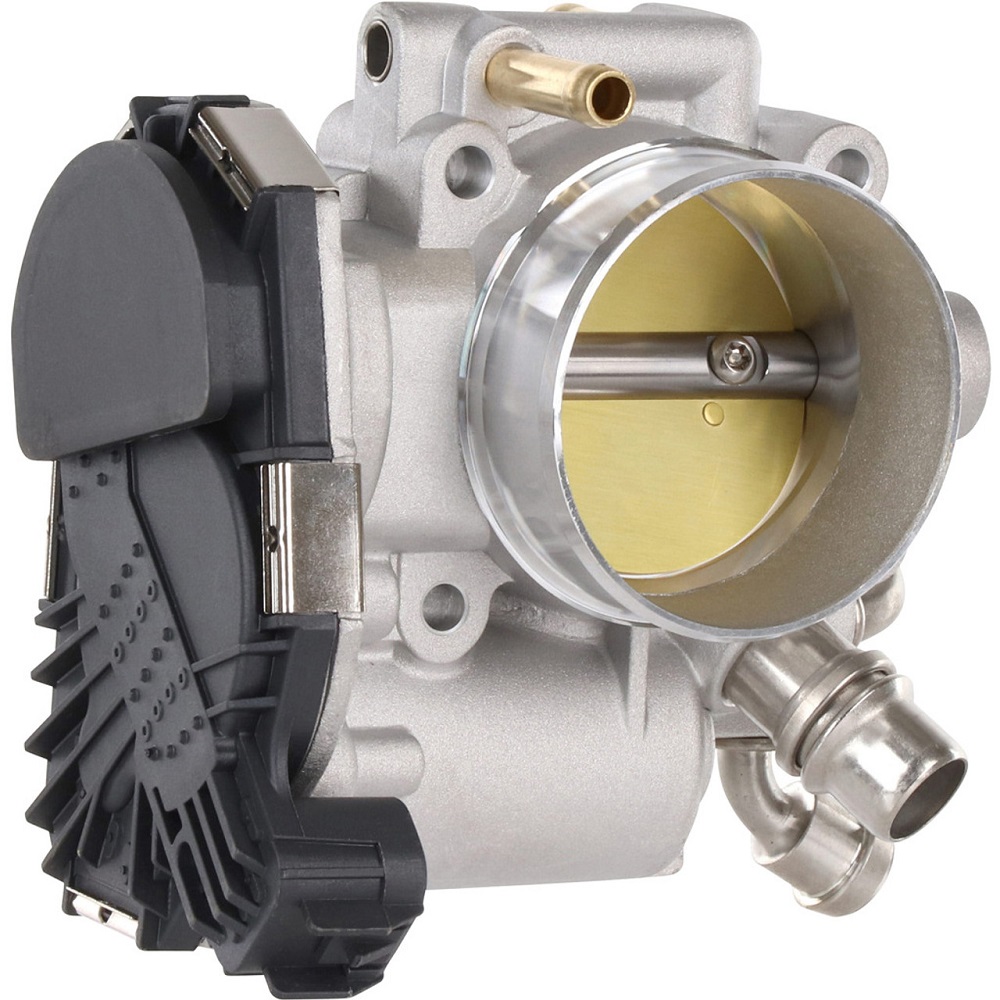
Monitoring Throttle for Performance Improvement
1. The Role of Diagnostics
Most modern vehicles are equipped with onboard diagnostics that monitor various engine parameters, including throttle position. These diagnostic systems allow mechanics to access valuable information about engine performance and efficiency.
Importance of Regular Diagnostics
Regular vehicle diagnostics can prompt drivers to consider any necessary adjustments to throttle position, fuel settings, or other related components. Timely diagnostics can prevent potential issues that affect performance and fuel efficiency.
2. Throttle Position Sensors Check-Up
As mentioned earlier, the throttle position sensor (TPS) significantly impacts engine performance. A faulty or miscalibrated TPS can lead to improper throttle readings, resulting in suboptimal fuel delivery and performance.
Importance of Professional Inspection
If you suspect a problem with your throttle performance, seeking professional inspection can ensure necessary repairs or adjustments. Regular checks can prolong your engine’s health and enhance your driving experience.
3. Listening to Your Engine
Being attentive while driving enables you to notice changes in engine performance related to throttle position. Strange sounds, poor acceleration, or fluctuating RPMs can indicate issues in the throttle system that should be addressed.
Taking Action
Listening to your vehicle is vital. If you notice any unusual symptoms, consider having your vehicle inspected by a qualified mechanic. Gaining a better understanding of how throttle position affects your driving will aid in recognizing and addressing potential concerns promptly.
Conclusion: Embracing Throttle for Optimal Performance
Understanding Its Importance
In conclusion, throttle position is a crucial aspect of both acceleration and fuel efficiency in vehicles. Understanding how to manage it effectively can lead to a more enjoyable driving experience while optimizing performance. Issues related to throttle position can often be resolved through procedures like a throttle body position sensor reset, which helps restore proper communication between the sensor and the engine for smoother performance. Whether you drive an everyday commuter car or a high-performance sports vehicle, mastering throttle control and knowing how to address related issues can significantly enhance your driving experience.
Adopting Smart Driving Habits
Being mindful of your throttle position allows you to adopt smart driving habits that improve fuel efficiency without sacrificing power. Practicing smooth acceleration and using the appropriate driving modes can enhance your vehicle’s performance while saving on fuel costs.
Ready for the Road Ahead
As you drive forward, embrace the importance of throttle position in your vehicle’s performance. With the right knowledge and skills, you can enjoy a rewarding driving experience on every journey. Understand that effective management of throttle position can lead to better fuel efficiency, enhanced control, and an overall enjoyable driving experience. Happy driving!
